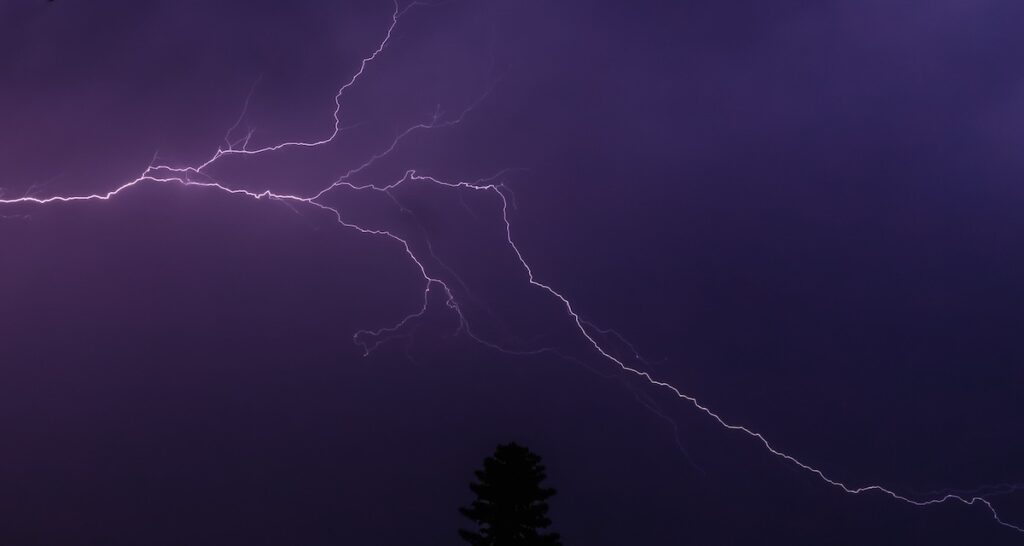Ice-free waters will feed atmospheric moisture if greenhouse gas emissions continue unchecked, triggering thunderstorms.
Pamela Cruz. Peninsula 360 Press [P360P].

Rising temperatures will potentially alter Alaska's climate so profoundly that experts expect the number of thunderstorms to triple by the end of this century, increasing the risks of widespread flash floods, landslides and lightning-induced wildfires, according to new research.
According to a pair of new papers, a research team led by scientists from the Université des Sciences et des Lettres de Paris and the Centre National de Recherche Atmosphérique ?NCARin Colorado, showed that sea ice around Alaska could give way to open water in the warmer months, creating an ample source of moisture for the atmosphere.
Such humidity, they said, combined with warmer temperatures that can hold more water vapor, would accelerate summer storms over Alaska by the end of the century under a scenario of high greenhouse gas emissions.
"Alaska can expect three times as many storms, and those storms will be more intense," said NCAR scientist Andreas Prein, co-author of the new papers. "It will be a very different rainfall regime."
Thunderstorms would be widespread throughout Alaska, even in the northernmost regions, where such storms are virtually unknown.
For those regions further south in the state, which currently experience occasional thunderstorms, these weather events would become much more frequent and peak rainfall rates would increase by more than one-third.
To reach such a conclusion, the scientists used a set of advanced computer models and a specialized algorithm to simulate future weather conditions and track sources of moisture in the atmosphere.
The experts also realized that impacts in Alaska could be significantly reduced if society curbed emissions.
Floods are already the costliest type of natural disaster in central Alaska, and lightning-caused wildfires are a major hazard.
"We suspect that the increasing number of thunderstorms could have significant impacts, such as amplifying spring flooding or causing more forest fires," said Basile Poujol, a scientist at the Université des Sciences et des Lettres de Paris and lead author of both studies.
The heat invades Alaska
Alaska is expected to warm by 6 to 9 degrees Celsius - about 11 to 16 degrees Fahrenheit - by the end of the century if society pumps out large amounts of greenhouse gases.
The vast state is already experiencing damaging impacts from warmer temperatures, including longer wildfire seasons, record heat waves, and landslides and sinkholes caused by melting permafrost.
Experts have already warned that melting sea ice and more open water around Alaska will add more moisture to the atmosphere, fueling thunderstorms in warmer weather.
Tests showed that the frequency of storms south of the Yukon River increased from about once a year to every month during the warm season.
Hourly rainfall rates increased dramatically, reaching up to 37 percent more in storm cores. In addition, thunderstorms began to appear in regions that had not previously experienced them, such as the North Slope and West Coast.
The results also showed that moist air masses in the ice-free regions of the Gulf of Alaska, the Bering Sea and the Arctic Ocean will provide ample fuel for storms.
Meanwhile, the warmer atmosphere will experience increasingly powerful thunderstorms that are more likely to organize and form large-scale clusters, increasing the potential for heavy rain and lightning.


